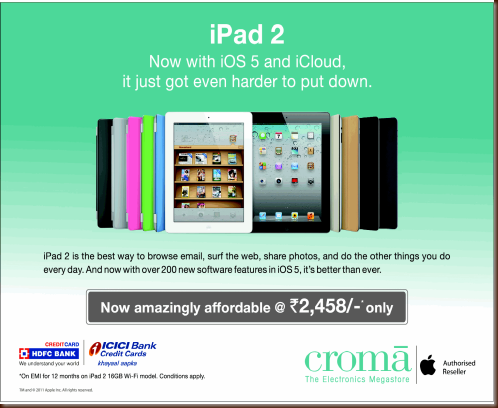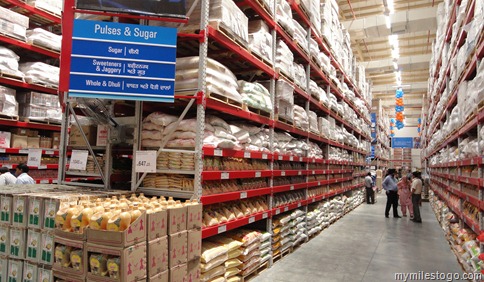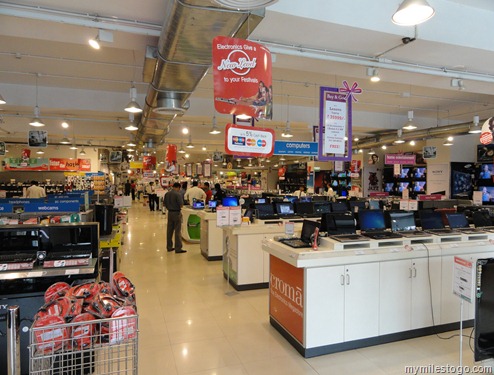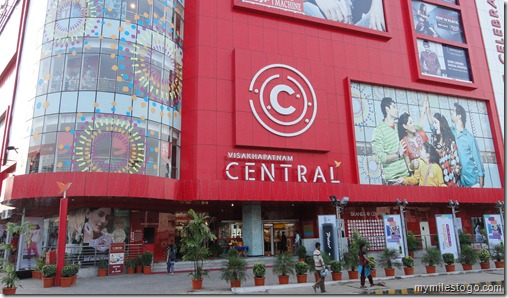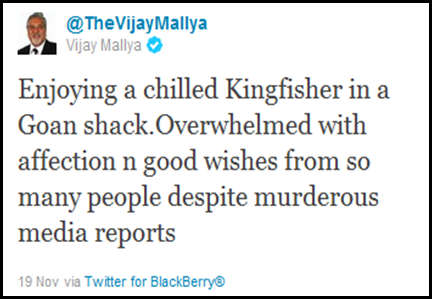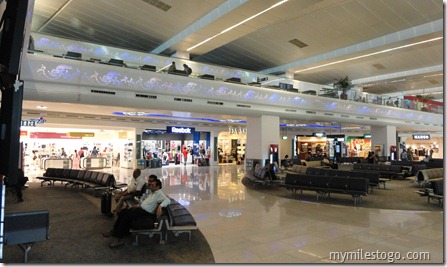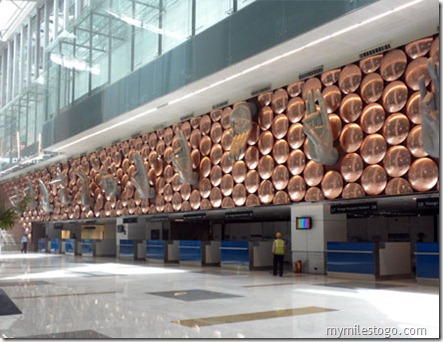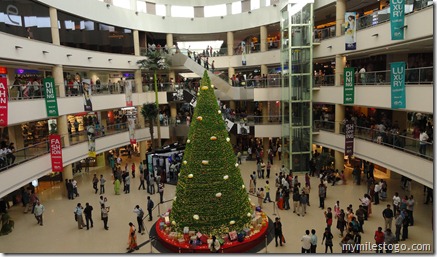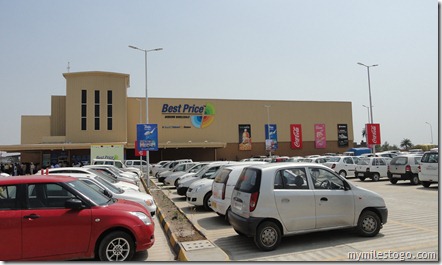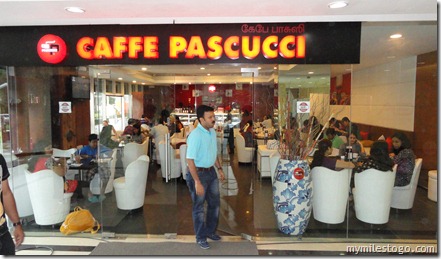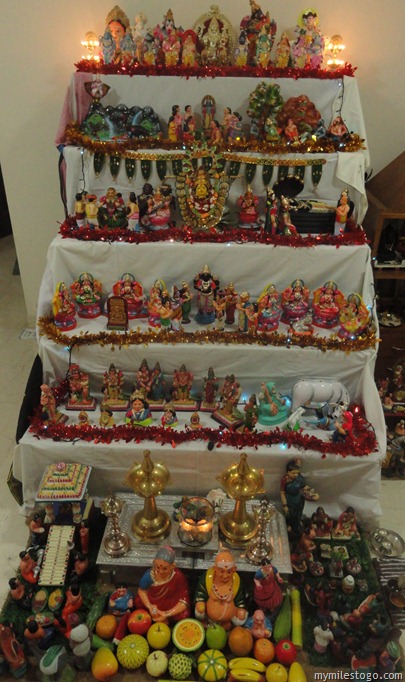Its not so usual that you see Electronic Retailers promoting one particular brand at their stores. It means there is a larger strategic relationship between the two beyond just selling a few pieces of a particular model. Most retailers though, refrain from such tactics to avoid the wrath of other players in the respective segments. It is not just the advertising cost that gets shared between the two, but they both look at building an everlasting relationship to build a category, as the one undertaken between Apple and Croma, the electronic megastore from the house of Tatas. One could own an iPad 2 at just over Rs. 2,400 a month (USD 45), on an EMI basis for 12 months, thanks to credit offered by ICICI and HDFC Banks. Croma has built up their electronic retail format over the past years, thanks to its aggressive expansion mainly among metro cities where consumers shop around not just for exciting deals but where the staff are well trained, an inviting store ambience that allows you to browse at ease without too much intrusion by the staff and ofcourse, the TATA Guarantee. The Salt to Steel Major has built its retail portfolio through TRENT – the company that operates formats such as the Westside Department stores, Zara exclusive stores and Star Bazaar Hypermarkets. Incidentally, Apple which has a strategic tie-up with Reliance and allows it to operate the exclusive Apple stores has not undertaken such an aggressive promotion with Reliance Digital, the electronics format of Reliance Retail. Instead, they seem to be promoting rival Samsung with its Galaxy Tab, seen as a major contender for the No. 1 space in the tablet market.
Retailers who focus on mobile phones and accessories such as The Mobile Store, UniverCell, Sangeetha, etc. seem to play a similar strategy, just that they promote those brands which they distribute themselves. For example, Sangeetha has been promoting the latest from Nokia, the Lumia 800 pretty aggressively. At a similar EMI of Rs. 2,400 pm one can easily own the latest windows-based smartphone which was meant to revive the fortunes for Nokia, though the initial launch results have proved it to be unlikely. Nokia somewhere lost the steam – that’s the chorus that most observers and industry watchers seem to say. A once trusted phone for the smarter class lost its popularity to the Blackberry and Android based smartphones and ofcourse to the iPhone (although negligibly) due to the price disparity. Nokia continues to be a leader in the entry segment, phones below Rs. 5,000 but sees enormous competition from local brands like Micromax, Karbonn and Lava while Samsung and LG have also been stepping up the gas in these segments.
There a few advantages when Retailers promote a particular brand;
- Brand Leadership
When a Retailer courts itself with a particular brand and also aggressively promotes its products, it looks like they have leadership specific to the said brand. This brings in positive recall in the minds of potential customers who would like to buy that particular brand in future and the retailer becomes the obvious choice.
- Continuity of customer cycle
When customers of a brand want to upgrade / replace their existing products, they flock to the preferred retailers due to a previous positive experience. This is category agnostic and hence would prevail for most products, so to say.
- Better Prices
Being the preferred partner (to a Brand), the Retailer also commands a special price to the new launches. Not only do they get the products first (than the other retailers), they would also be able to command a special price – directly from the brand as well as through special associations with Banks who provide 0% interest on EMIs
There are also a few drawbacks;
- Popularity among other brands
When Retailers strike a special note with a specific brand and keep promoting them aggressively, potential customers could perceive that the Retailer doesn’t maintain other leading brands. This, in a way distracts customers and diverts them to other Retailers.
- Relationship with other brands
When other brands know that a Retailer promotes a particular brand, they may turn away to other multi-brand retailers who provide equal importance to other brands. Although this is uncommon, it could be seen as a potential threat, especially for future launches.
Nevertheless, it is nice to see Retailers and Brands collaborate to promote each other. The Retailer attracts walk-ins into the store and the Brand sees higher conversion. In the US, UK and European markets, there has been a strong swing towards e-commerce over the last few years where customers are shopping online for mobiles and electronics. This is bound to happen in India soon. Until then atleast, let such collaborations prosper!
